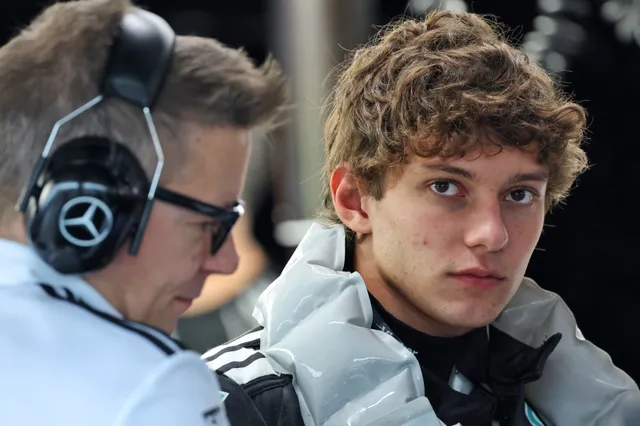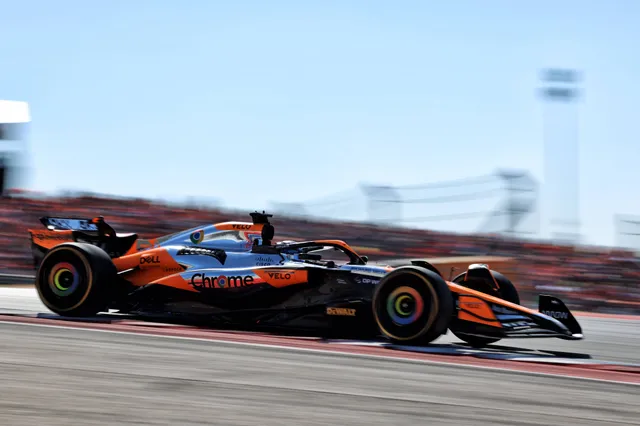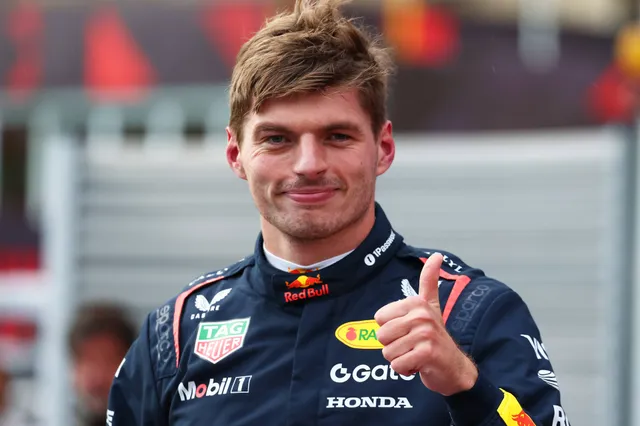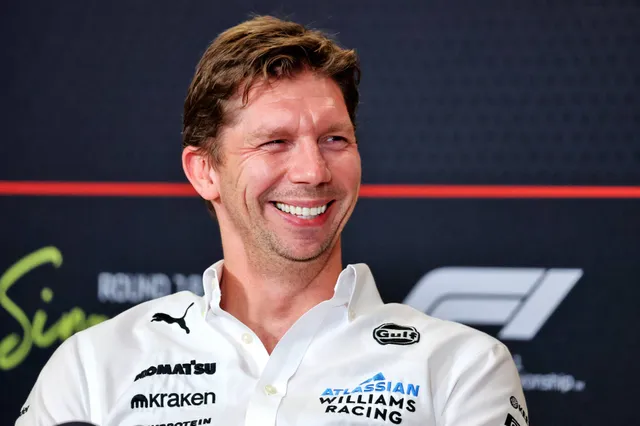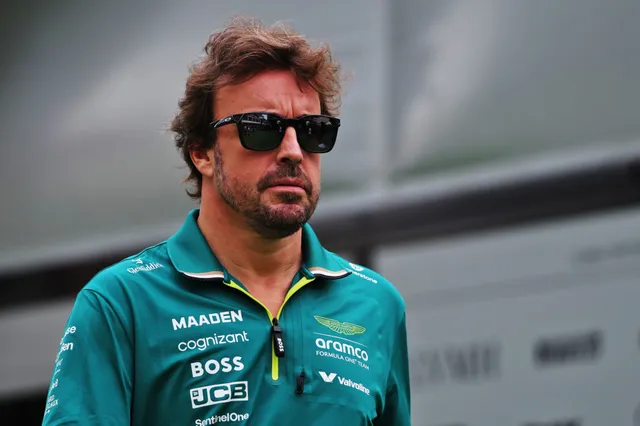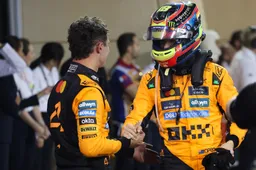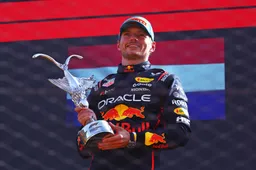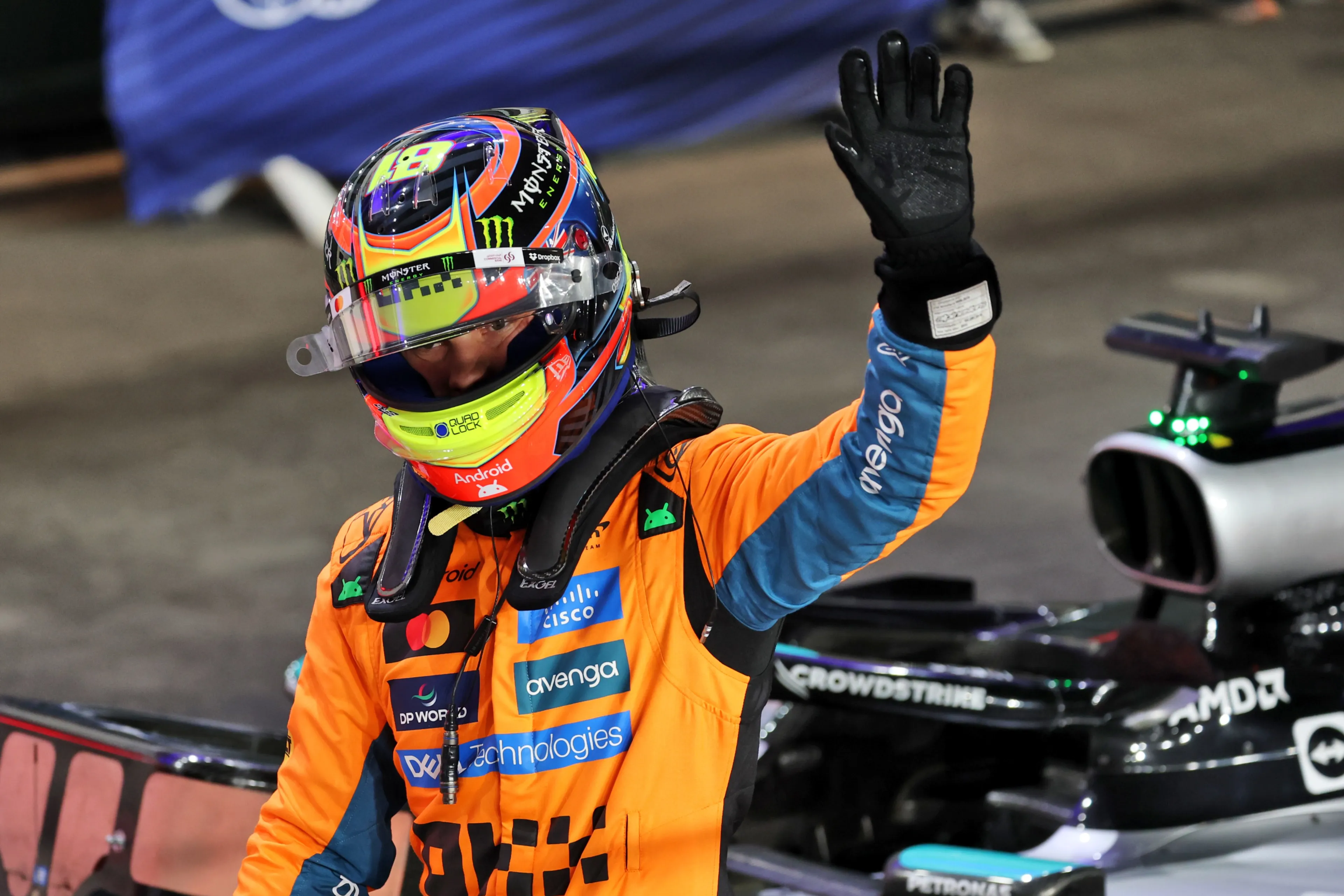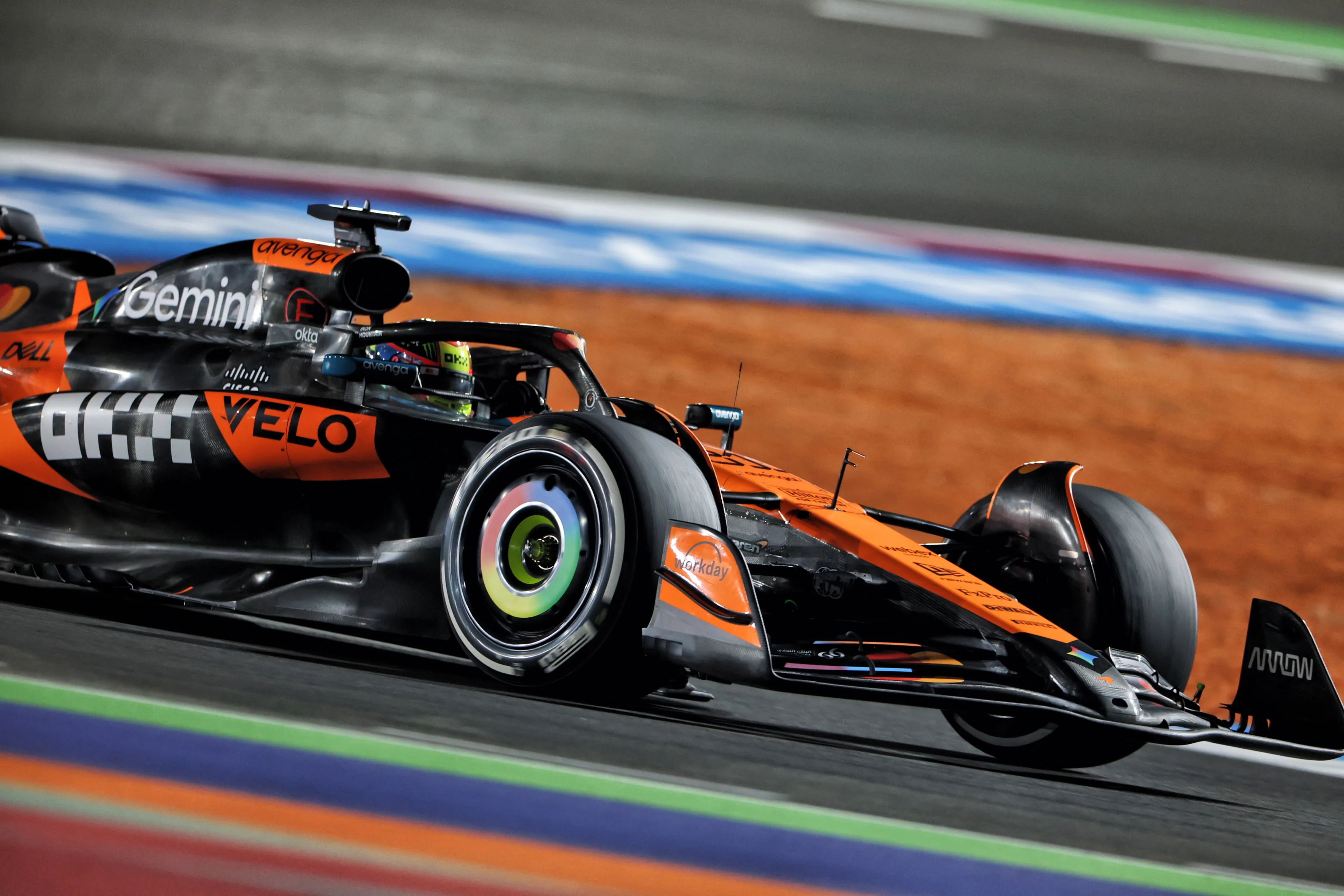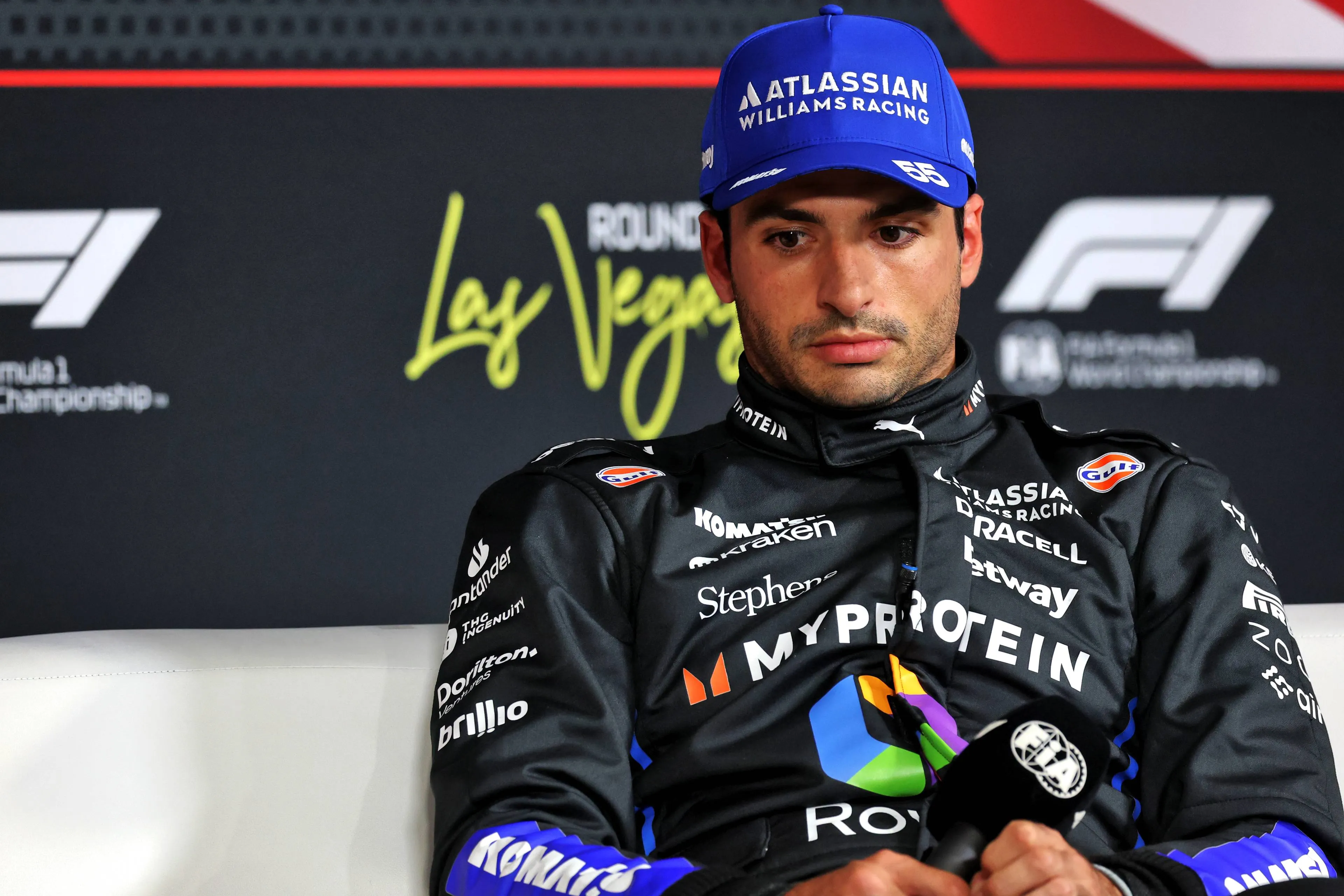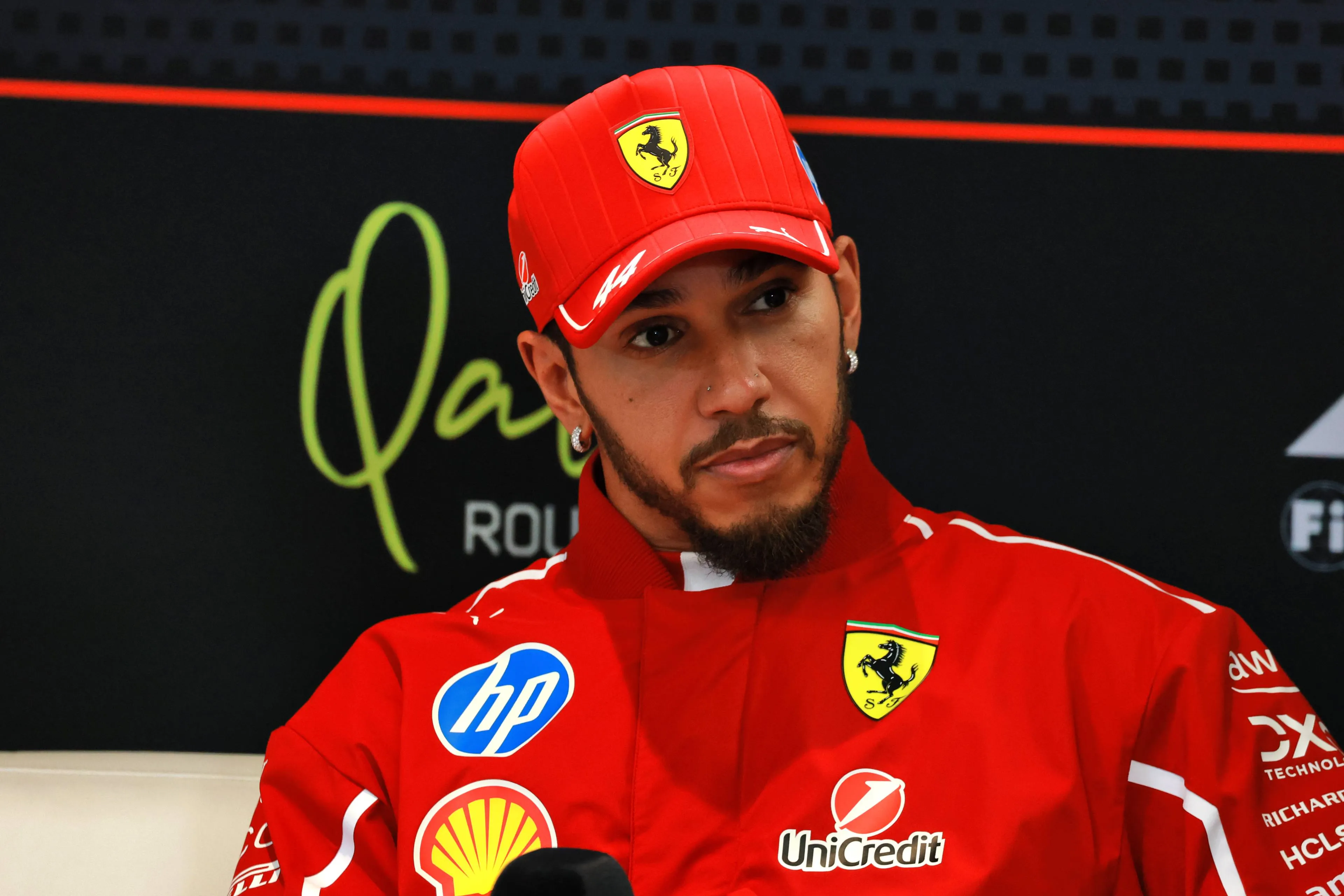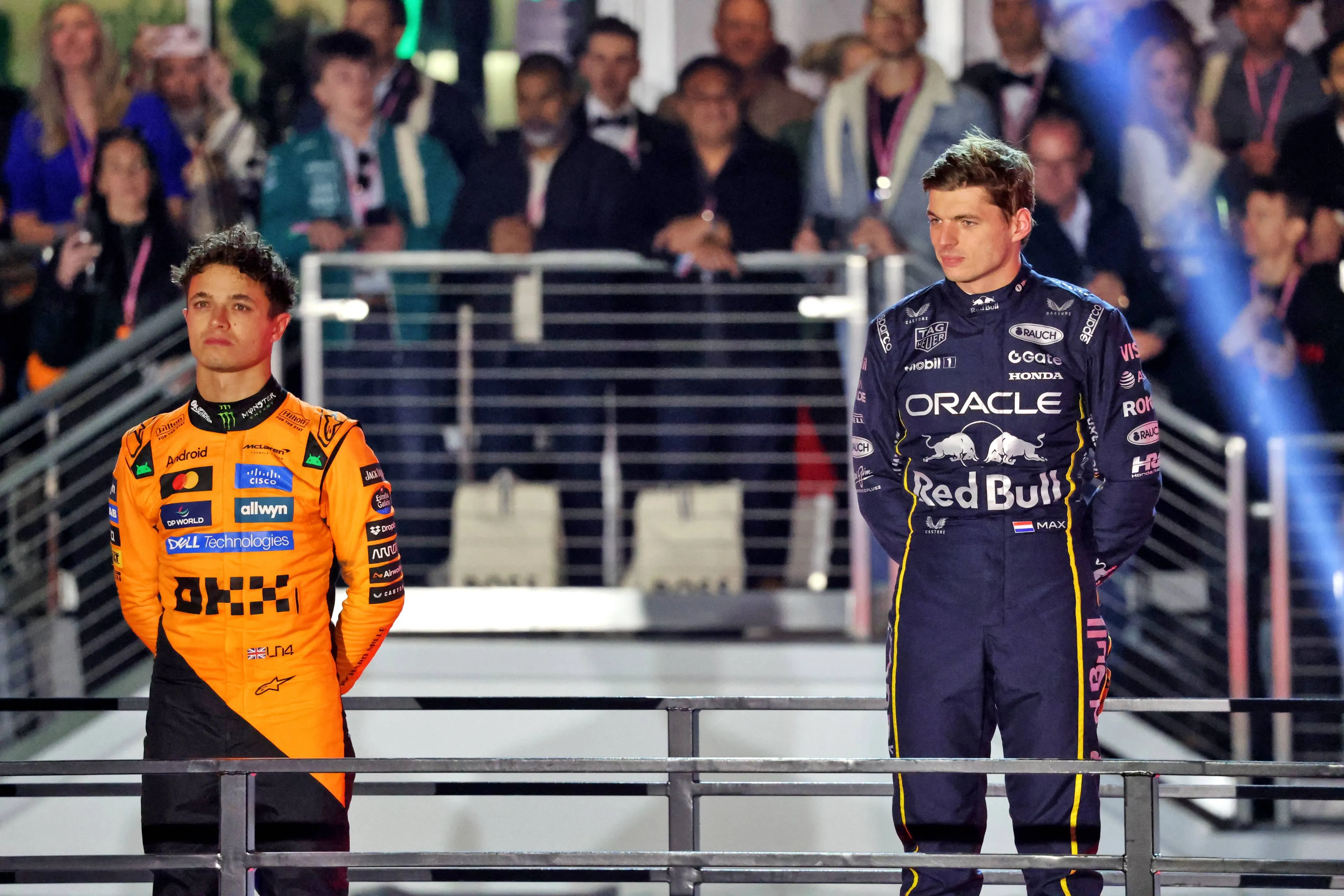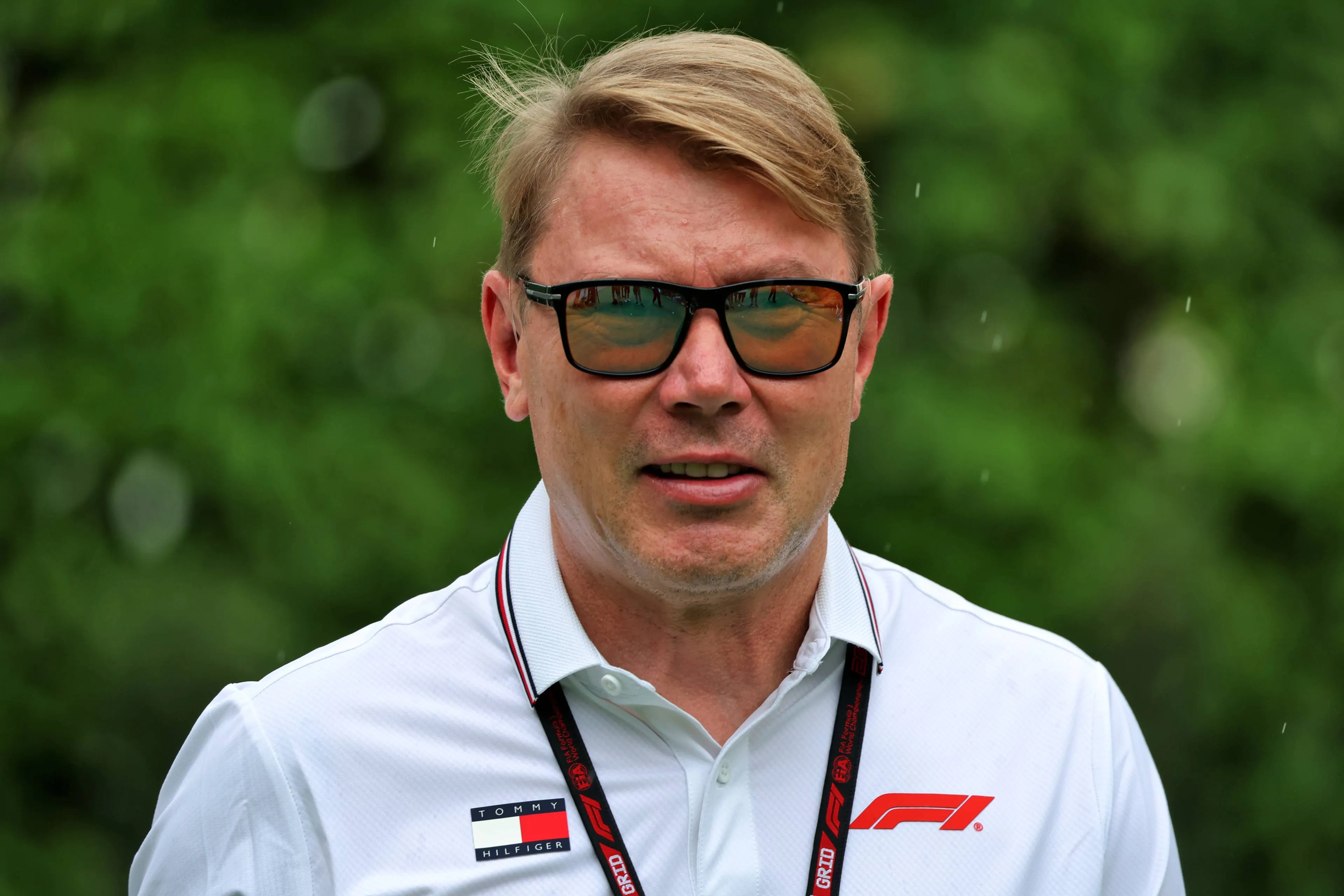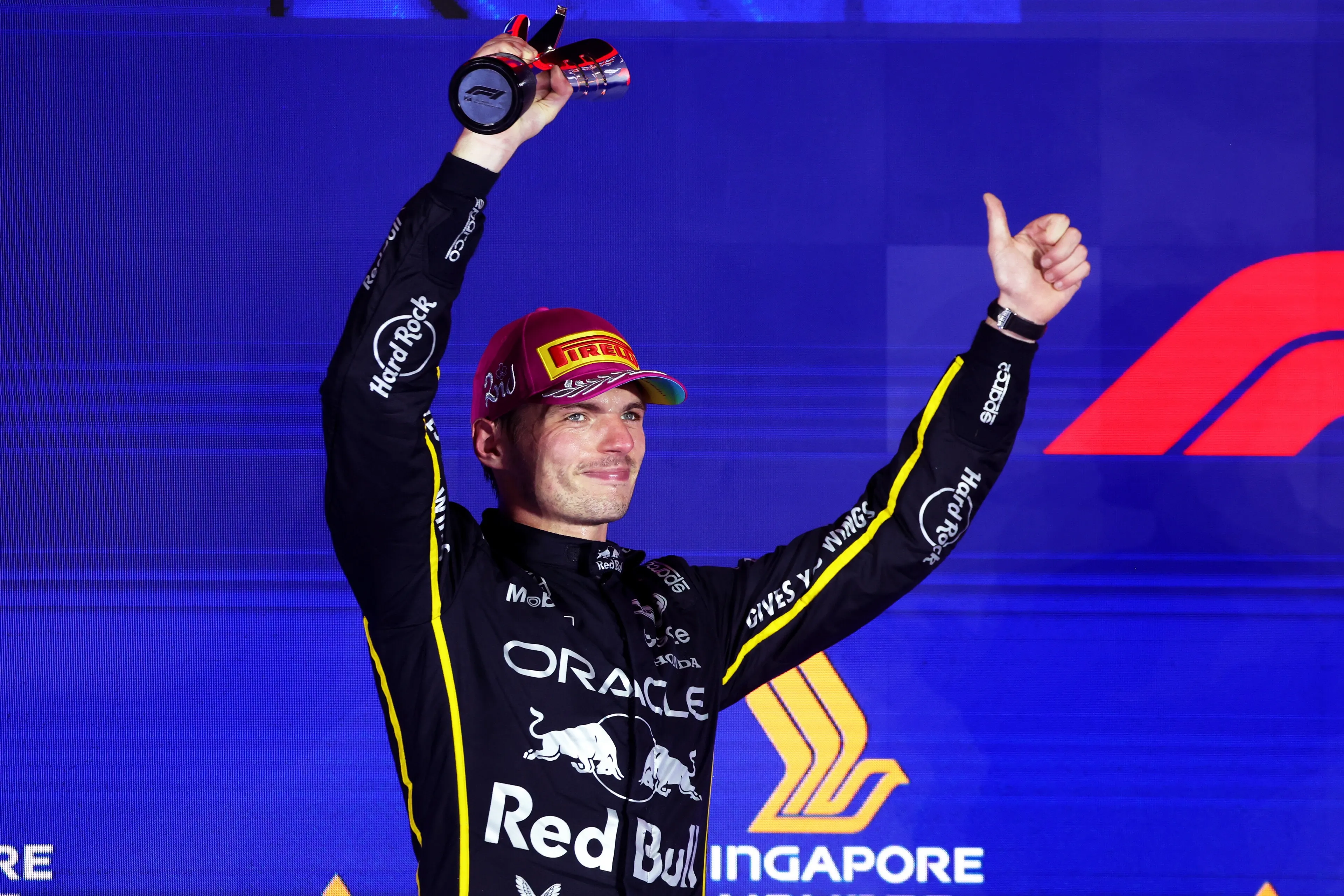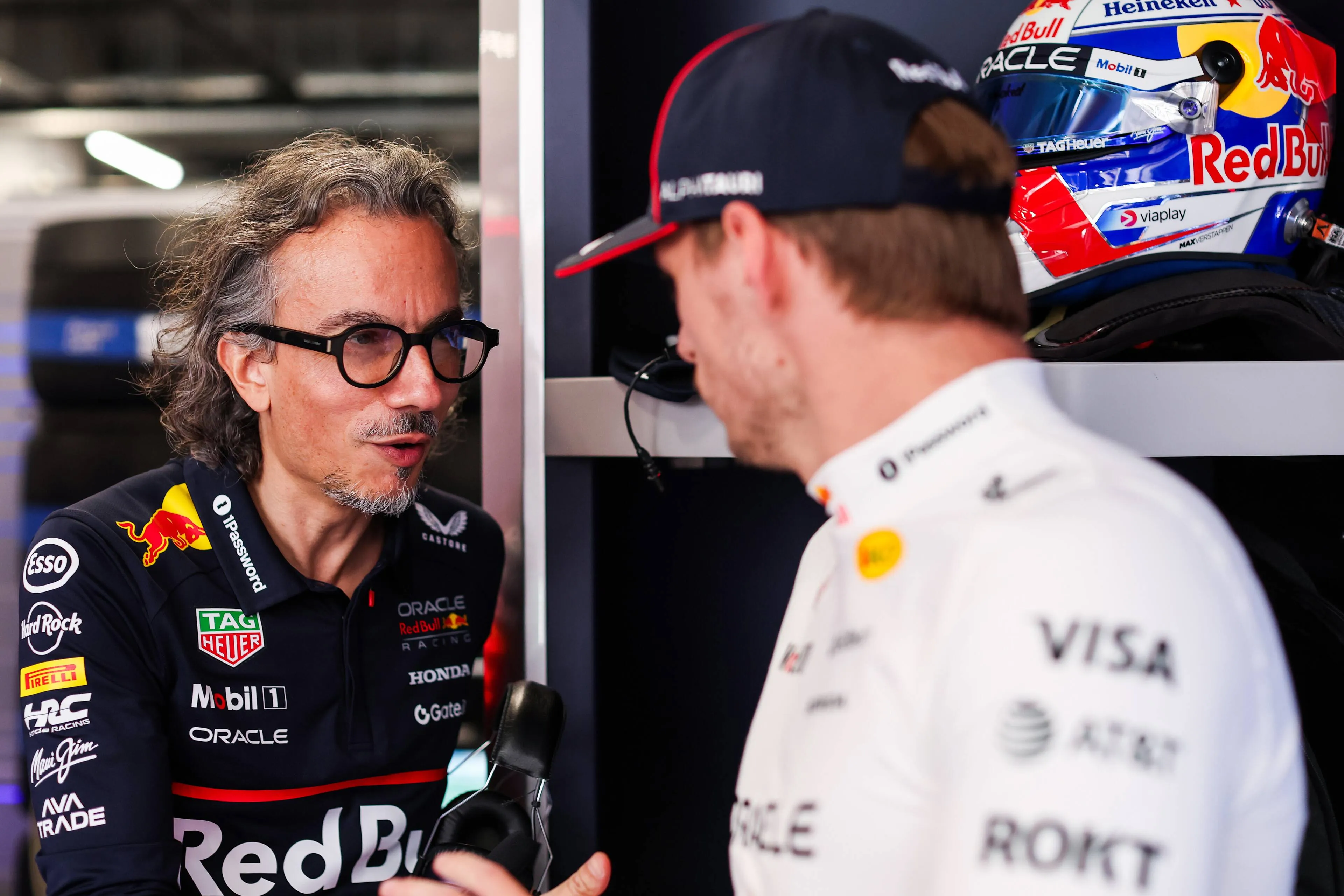
Mekies sets a new tone: Fridays at Red Bull are no longer a playground
Under Laurent Mekies, Red Bull Racing appears to have found the right window for the RB21 on the often challenging Fridays. Coincidence? Certainly not.
After Christian Horner's dismissal, it was a waiting game to see how quickly Laurent Mekies, as the new team boss, would establish his place within Red Bull Racing. With two Grand Prix victories and, above all, the restored stability within the Austrian outfit, it seems he has managed quite well.
Admittedly, the sporting resurgence had already begun under Horner's leadership. After all, technical updates aren't implemented overnight; they require months of planning and approval. The green light for the recent updates was already granted under Horner, after which the technical department carries out the task.
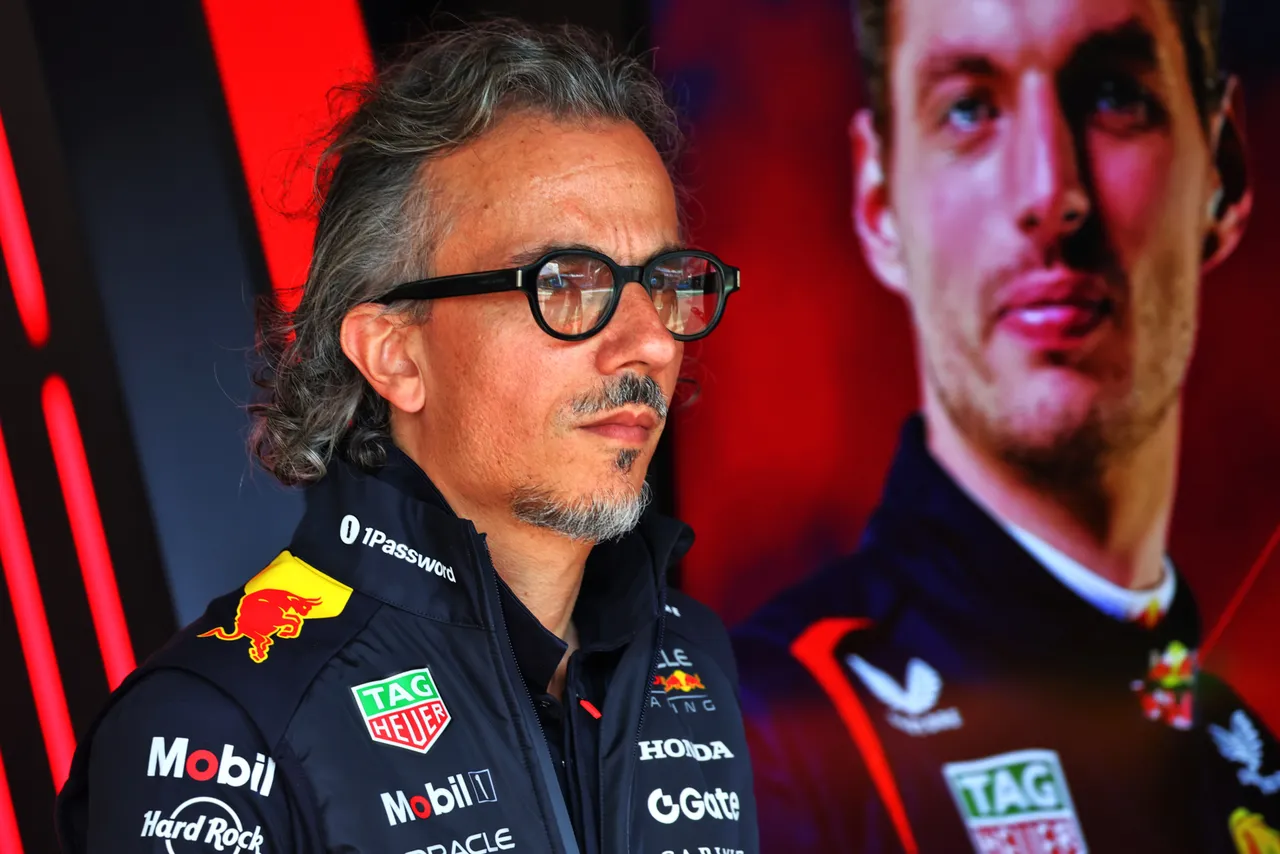
Mekies's role within Red Bull
While a team principal typically doesn't oversee technical details directly, Mekies is said to be involved in the implementation and calibration of parts. Particularly, asking the right questions, as Max Verstappen revealed in Singapore.
However, there is a significant shift between the Horner and Mekies era, GPblog understands. The Frenchman wants to start a race weekend with a clear plan, whereas Fridays under Horner leaned towards experimentation, with less structure in the set-up direction.
Mekies insists that Red Bull Racing has defined parameters for starting the weekend, where only minor adjustments need to be made. This approach pays off, as Red Bull has been immediately competitive on the opening day of recent Grand Prix weekends.
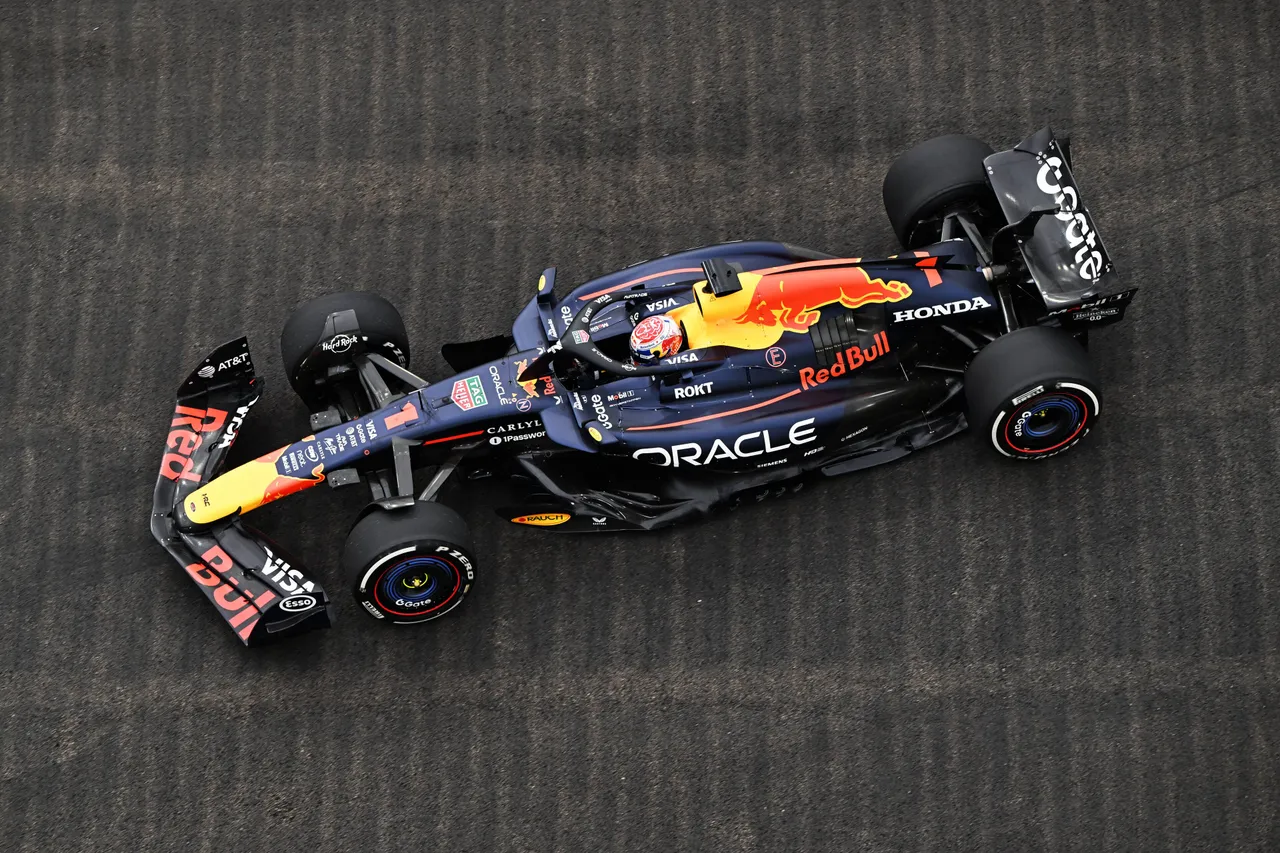
Monaghan's Explanation
Red Bull Racing chief engineer, Paul Monaghan, summed up this new approach in Singapore: “Friday is for us a test session, isn't it? We will always learn something from running the car. The question is, what can we learn? What can we extract? What can we conclude? Then how do we present the car?” said the British engineer.
In essence Red Bull moved away from a 'let's see how it goes' approach to knowing in advance what you want to learn and acting upon it.
In this way, Red Bull has gained more control over the behaviour of the RB21. “We’ve learned things, we’ve discovered things, and it’s the combination of new aero parts, the new bodywork surfaces, and some other elements,” Monaghan said
“So, it’s a combination of many small changes, not just one. We’ve gained a little bit of pace – it’s not massive. If you look at lap times in isolation over a 60-lap race, it might seem minimal, but corner by corner, those small gains really add up.”
Read also
GPblog paddock update
Check out our paddock update and never miss a scoop within the F1 scene. Subscribe and follow our channels on YouTube and Spotify to ensure you are in on the action as it unfolds.
See the latest episode of our updates here 👇
Read also
Popular on GPBlog
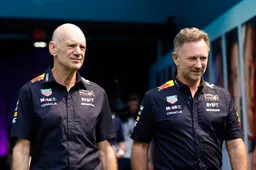
Aston Martin has informed staff following rumors about Horner’s arrival
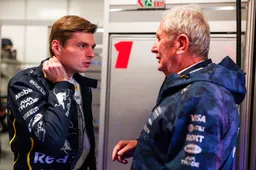
Marko identifies Verstappen's problem during Sprint Qualifying
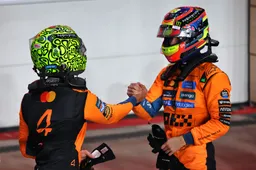
What Norris needs to do to clinch his first drivers' title in Qatar GP


